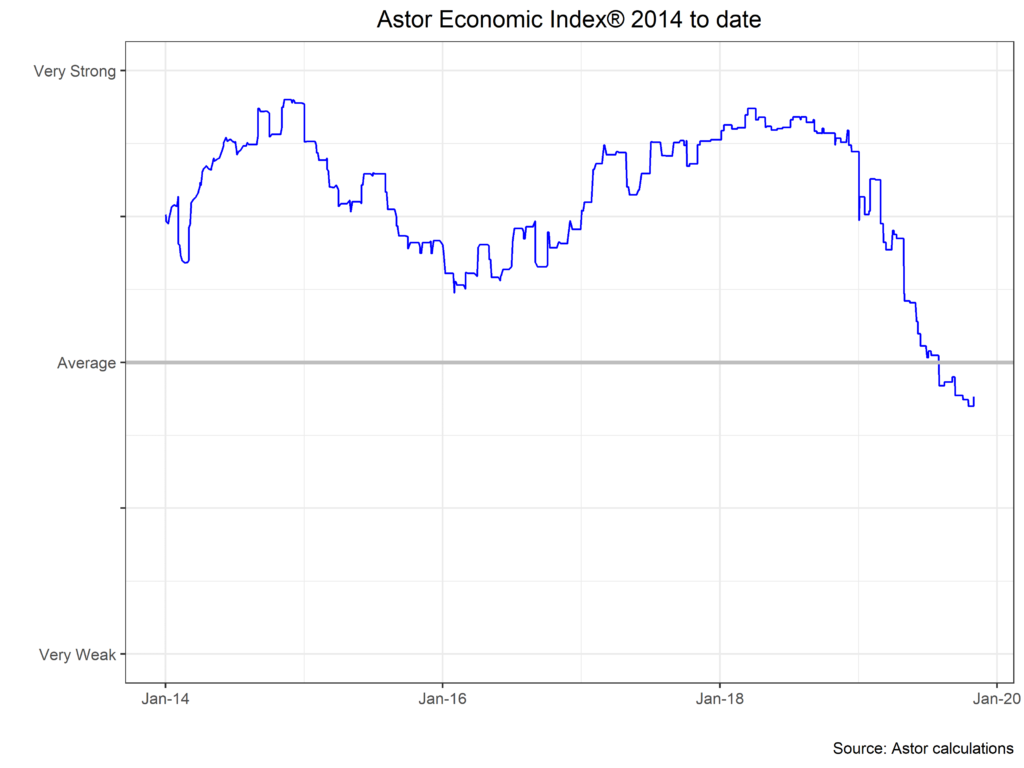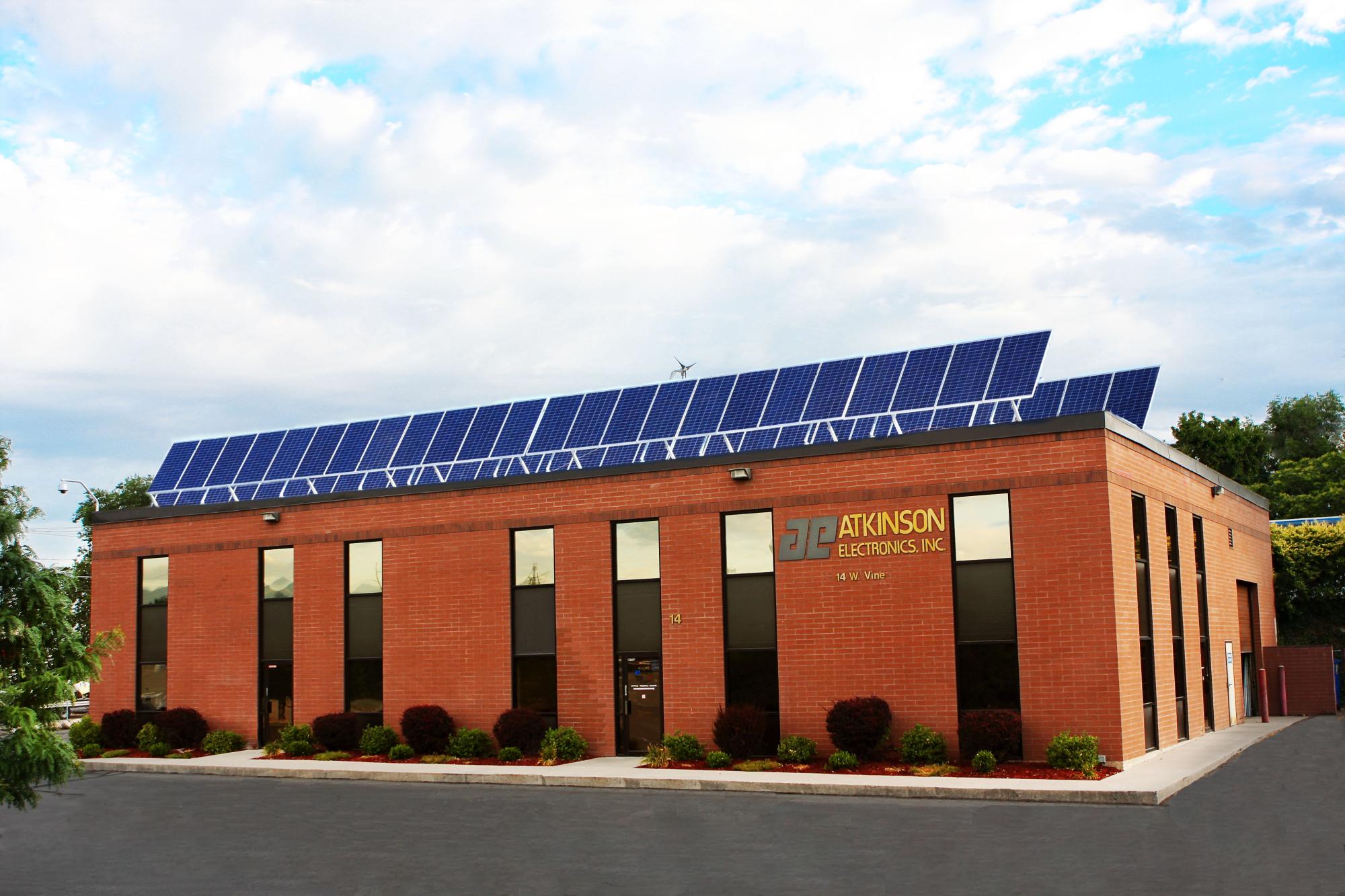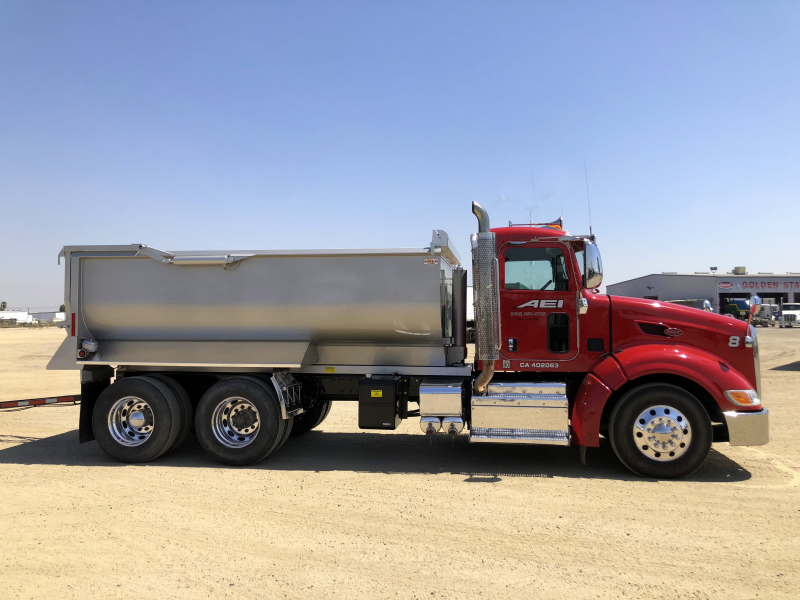Drivers Aid Book
Our Utry® program gives you the opportunity to try out brand new products from the game's top brands for 14 days for only $25, or $100 for an iron set. That's right—you get a brand new, still-in-the-plastic club to try for two weeks for just $25.
You get to try it when, where, and how you want for two weeks before deciding if you want to buy it or not.
Want to test out two different brands, or two different configurations? No problem. Utry® lets you try out up to 2 products for $25 per product or 1 iron set for $100.
The AEI Tag Programming Software was designed to run under Windows, interface to an AP4110 Tag Programmer (not included), print to a DYMO LabelWriter 300 Printer (included) and optionally interface to an AI2000 SmartScan Portable AEI Reader (not included). The AEI Tag Programming Software for Windows program was developed to help solve two main. AEI Online Shop. AEI Driver 1 EGP 200.0. Lorem Ipsum is simply dummy text of the printing and typesetting industry. AEI Transport is an independent, locally owned and operated company specializing in providing, sand, rock and gravel. Located in the Sierra Nevada foothill town of Auberry, It is our privilege to serve the valley, foothill and mountain communities of Fresno County.
This isn't 30 minutes on the range with range balls or looking out of the Pro-Shop window. You can try the product on your time, when & where you want.

Utry® gives you the freedom to take Golf Clubs, GPS or Rangefinders to your course and to use at your pace! Use it as much as you like so you can really know what the product will do for your game before you invest in it.

If you don't love it, simply put it back in the box it came in, use the included prepaid return shipping label, and send it back to us. That's it.
If you do love it, that's awesome! You keep the product, we'll subtract the $25 trial fee off the final cost of the product, and we'll charge you the difference.
View SelectionThe key elements of sustainable agriculture (Pretty, 2008) are a good starting point for framing what we mean. Asustainable system will have all or most of the following properties:
- Utilizing crop varieties and livestock breeds with ahigh ratio of productivity to use of externally and internally derived inputs;
- Avoiding the unnecessary use of external inputs;
- Harnessing agro-ecological processes such as nutrientcycling, biological nitrogen fixation, allelopathy, predation and parasitism;
- Minimizing the use of technologies or practices thathave adverse impacts on the environment and human health;
- Making productive use of human capital in the form ofknowledge and capacity to adapt and innovate and social capital to resolvecommon landscape- scale problems;
- Quantifying and minimizing the impacts of systemmanagement on externalities such as greenhouse gas emissions, clean wateravailability, carbon sequestration, biodiversity and dispersal of pests,pathogens and weeds.
Many contemporary authors use the term ‘sustainableintensification’ (Pretty, 2011; others). As sustainability is itself hard todefine and measure in this context, we prefer to use the term ‘agroecologicalintensification’ (AEI) for this area of research and action. ‘Agroecology’emphasises the ecological principles on which sound agriculture must be based (Snapp & Pound,2008) and the term is used to describe the human, as well as biophysical,aspects of the ecology of agricultural systems (Francis et al., 2003). ‘Intensification’ is a process that embodies theidea of systems change and development trajectories. The intensity of aproduction system is not easy to measure (M. van Noordwijk &Budidarsono, 2008), but intensification is based on the notion ofincreasing output of a given unit of land, based on increased inputs. In thecase of AEI, an important part of the increased input is knowledge, asemphasised by Pretty (Pretty, Toulmin, &Williams, 2011). Where other inputs are at odds with health,livelihoods or environmental objectives, AEI would aim to substituteknowledge-based methods for these inputs.
Thereare other terms closely related to AEI, some linked to movements or schools ofthought, each with its own particular aspect to emphasise. For example, lowexternal input sustainable agriculture (LEISA) emphasises systems which are(almost) closed at the farm level; eco-agriculture focuses on agriculturalimpacts on non-agricultural biodiversity; organic agriculture works towardsmeeting standards of low chemical use; and eco-efficient agriculture emphasisesefficiency (output/input). These originate from a range of concerns, includingthe negative environmental consequences of current agricultural systems (aconcern arising in the north, but increasingly discussed in the south); thefailure of input and energy intensive systems to deliver in many environments(particularly in Africa); and as a peasant revolt against large scaleagriculture and loss of rights (mainly in the south, particularly LatinAmerica). Our interests are more pragmatic than dogmatic, so we do not find ituseful to create rules, boundaries or arbitrary cut-offs in continuousdimensions. We would not wish to declare that a system with a critical propertyof value <C is acceptable but one with >C is not. Instead we need tounderstand the continua of approaches and their characteristics, seek someprinciples and practice for their adoption. This might include identifyingsignals that would let a farmer know whether their system is heading towards astate in which it will become unproductive and unresponsive to inputs.
In our context, the overall aim of AEI is to improvesmallholder productivity, income and nutrition options while enhancing (ormaintaining) environmental service provision, and doing so in a way thatincreases equity and local self-determination. The overall hypothesis issummarised in Table 2. The link to the sustainable livelihood framework isimportant as it emphasises the human and social capital requirements.
Table 2 AEI functions andcharacteristics
Aims | Mechanisms connecting properties to aims | Desired system properties |
Build resilient livelihoods by sustainably: -Increasing productivity -Maintaining the agricultural resource base -Enhancing environmental service provision -Improving economic benefits to rural families -Improving nutrition options for rural families -Reducing risk Increase equity in rural communities Increase self-determination of rural people | Synergies and complexities leading to changes in: -Resource use efficiency -Nutrient cycling -Risk reduction -Risk spreading -Ecological knowledge use -Use of external inputs Building and securing livelihood assets of natural, human, social and financial capital. Responsive and informed agricultural R+D systems that: -Recognise the multifunction nature of agriculture -Recognisedesirable system properties -Develop diverse system components -Understand and meeting local requirements -Blend prediction from theory, experimentation and local context -Work through learning, adaptation and evolution. | Biological systems -Heterogeneous, adapted to local environment -Diverse, with multiple components -Multifunctional, producing a range of goods and services -Integrated, with component interactions optimized -Integrated, with connections between components Human systems -Heterogeneous, adapted to cultural and social context -Local agency, with decisions taken by those affected -Non-dogmatic -there are no rules -Knowledge-intensive, informed by scientific and local ecological and economic knowledge |
Driver's Aid
Improvingthe performance of small-holder agricultural systems requires consideration of thesesystems’ multiple functions. As mentioned above, smallholder farming systemsmust provide food and income, as well as providing regulatory functions athousehold/farm and higher levels, both for farmers and society at large (Renting et al., 2009). Intervening in agricultural systems with concern for agriculture’smultiple functions requires systems thinking. Thus our approach to AEI entails asystems perspective. Approaches that focus on maximizing a component, such asyield or profitability of a staple, will likely fail to meet other human orenvironmental objectives. This does not mean work on components such as staplecrops is inconsistent with AEI, but that such work must take into account theperformance of the specific system in which the component is embedded. Whilethis seems obvious enough, the practitioners who serve smallholder agricultureare in the habit of focusing on single components or aspects (a crop; a diseaseor diseases in general) without realistic regard for the context of their work.For example, if a researcher is charged with working on a certain legume, theywill likely conduct experiments aimed at maximizing its production (typicallyon their research station) and will then recommend a ‘package’ (variety + seedrate + amount of fertilizer, etc.) to optimize its production. The fit of thispackage into existing systems, its interaction with other system components andits suitability across social and biophysical environments is rarely consideredin these recommendations.
Amore dynamic understanding of interactions and outcomes could be facilitated bycoupling empirical observation and experimentation with a process-orientedapproach combined with geospatial tools. These could query the outcomes ofpotential interventions based on biophysical and socio-economic conditions overspace and time. This suggests a key role for modelling and GIS. Systems modellingcan also be useful for analysis of long-term systems performance(sustainability) and risk, two key concerns for AEI. The systems perspective isalso helpful in allowing decision makers (farmers and others) to understand andevaluate trade-offs between multiple objectives, including objectives withdifferent time-frames. In some cases, farmers take actions based on short-termimperatives, in spite of long-term damage to their production systems. That is,poverty traps can lead farmers to use practices that degrade their own resourcebase, even without consideration of off-farm connection (Barnett, Barrett, & Skees,2008). R+Defforts do not always take adequate account of the economic viability of theschemes they put forward. While increasing input costs may make agroecologicalmethods more competitive relative to high-input options, farmers may needshort-term incentives to apply AEI methods (Ruben, 2001). In other cases, trade-offs may differentially affect differentstakeholders. For instance, gendered responsibilities within the household maymean that women prioritize foods for household consumption while men’spriorities are cash crops (though both need food and cash). Since theassessment of trade-offs will be different for actors with different objectives,negotiation and collective action will be necessary, with ‘externalities’appropriately reconsidered. All these have consequences for the knowledge thatR+D systems need to develop and transmit.

Drivers Air Bag
Toolsfor understanding some aspects of smallholder systems are available ( van Wijk et al., 2009) though they need broadening to capture more aspects of a widerrange of systems. Systems modelling and simulation have the potential to becomeimportant tools for examining trade-offs and envisaging alternativetrajectories and means of nudging systems towards them (Whitbread, Robertson, Carberry,& J. P. Dimes, 2010). Gilleret al. (Giller et al., 2011) bring together a set of tools and approaches into a framework calledDEED for its four steps: describing, explaining, exploring, and designing. The DEEDapproach is appealing, but it seems very demanding. Multiple systems functionsneed to be considered at plot, farm, landscape and wider scales, which has ledto a debate characterised as ‘segregate or integrate’ in some contexts (M. V. Noordwijk, Tomich, &Verbist, 2001).
Drivers Airbag Replacement
Manyspecific practices that contribute to AEI will be highly context-specificbecause balances in tradeoffs, together with farmers’ objectives, also varywith context. A first-level stratification of domains in which a particularpractice is relevant is probably provided by the ‘development domains’ criteria(Omamo et al., 2005), based on agroecozone (determined by climate, soil and land-form),population density (or land holding) and level of market linkages. Within thesethere will be second-level strata defined by such factors as soil type, livestock holding or wealth category. Thesocio-ecological niche concept (Ojiem, de Ridder, Vanlauwe, &Giller, 2006) isrelevant and could be extended be relevant to many practices. GIS analysis willbe useful for mapping options at some scales, but will not predict some of therelevant variation. An implication is that there will be a large heterogeneityin useful components (eg crop species and varieties), technologies andapproaches needed. Hence functions of R+D systems include (a) identifying keyprinciples for local adaptation and ways of disseminating them and (b) findingways of developing local options and testing them.
Thediscussion of systems performance raises the question of the extent to whichsystems can be designed. In practice, successful farming systems are rarelydesigned. Instead, systems evolve, and can at best be nudged in desirabledirections by policies and other interventions. Hence AEI must be seen as astepwise process, aiming to continually move towards systems those that exhibitmore desirable properties. AEI addresses multiple stressors, drivers, andsystem functions. The priories placed on these by decision makers, includingfarmers, will be different in different contexts, and hence the trajectoriesfollowed by systems will depend on context. It is this variation in the currentstate, drivers and priorities that leads to the high level of heterogeneity in propertiesof agroecological systems.
Giventhe predicted effects of climate change on global food systems and locallivelihoods, as well as the risks associated with climate variability, AEI mustbe considered in relation to climate change and variability. Along with populationincrease, land degradation and changing global market demands, climate is oneof many drivers of system evolution. There is a case for believing that manychanges that will meet AEI objectives under current (variable) climates willalso prepare systems for future climate changes (Cooper et al., 2009). Thus while the slow changes of climate, measured and predicted,should be considered in strategies to change agricultural systems, adopting anAEI approach for other reasons will often put farmers in a good position tocope with climate change.
AEI is knowledge intensive, perhaps even by definition, as itsubstitutes human capacity for other inputs (Pretty, 2008). Hence AEI strategies will need to consider how relevant knowledge isgenerated and transmitted. Systems heterogeneity and the need for localadaptation mean that farmers’ local ecological knowledge will be part of thisprocess. Participatory processes, including the use of models to understandprocesses and to examine scenarios (Whitbread, Robertson, Carberry, &Dimes, 2010), is widely regardedas critical to bringing knowledge systems of farmers and researchers together (Neef & Neubert, 2010). Such approaches can empower farmers with understanding of processesthat play out over longer time-frames, and also those involving non-obviousagents and processes e.g., (Nelson et al., 2001). How to convey subtle, useful and non-obvious knowledge to millions ofsmallholder farmers, however, is a frontier of AEI research.
